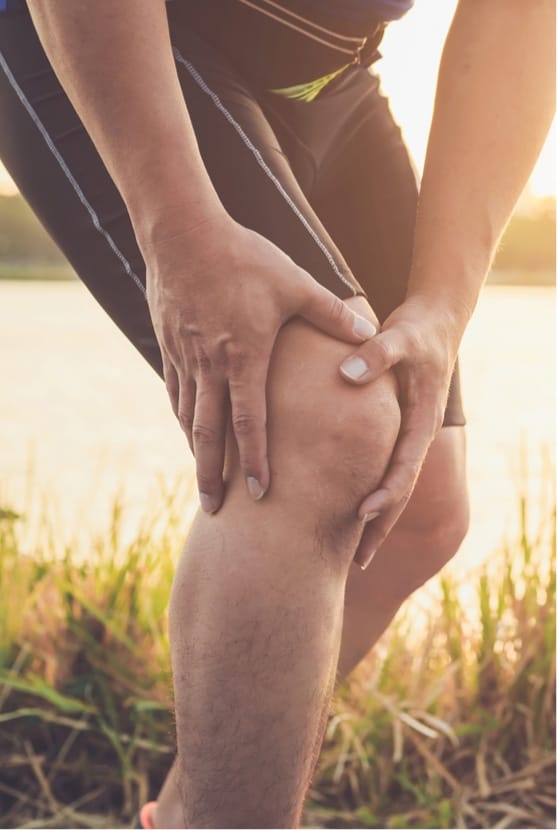What is osteoarthritis?
Osteoarthritis is the most common form of arthritis, a degenerative joint disease. This condition involves degeneration of the joint cartilage and the underlying bone, leading to pain and stiffness. Osteoarthritis usually occurs among people who are middle-aged or older, particularly in the hip, knee, and thumb joints.
What are the symptoms of osteoarthritis of the knee?
Also known as wear-and-tear arthritis, osteoarthritis is a condition in which the cartilage that provides cushioning between the joints wears away. Symptoms of knee arthritis include:
- Pain that increases with activity and improves with rest
- Decrease in mobility of the knee
- Swelling
- Warmth in the joint
- Stiffness in the knee, particularly in the morning or after sitting
- Crackly, creaking sound when the knee moves

How is knee osteoarthritis treated?
Dr. Yoon offers cutting-edge treatments in Los Angeles for knee osteoarthritis and other degenerative joint diseases. Among the treatments he may consider when designing your treatment plan are:
Viscosupplementation: Hyaluronic acid is a main component of cartilage and synovial (joint) fluid. It has viscoelastic properties that allow for shock absorption and lubrication in the joints. When injected for treatment of knee osteoarthritis, hyaluronic acid provides lubrication that can reduce friction, inflammation, and swelling, and relieve pain.
Corticosteroids: Steroids injected into the knee can relieve pain associated with osteoarthritis by reducing inflammation and swelling.
Ultrasound and fluoroscopy guided imaging: This allows for precision in injecting medications to treat knee osteoarthritis.
Stem cell therapy: Stem cells can be harvested from a variety of sources for treating knee osteoarthritis. Those sources include bone marrow, adipose tissue, amniotic fluid and matrix, and umbilical cord blood. Stem cells have the ability to develop into other types of cells and repair damaged tissues.
Platelet rich plasma: PRP is plasma rich in platelets, taken from the patients own blood. Platelets in PRP release growth factors, which promote hearing and tissue regeneration.

